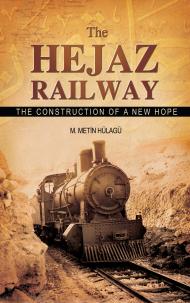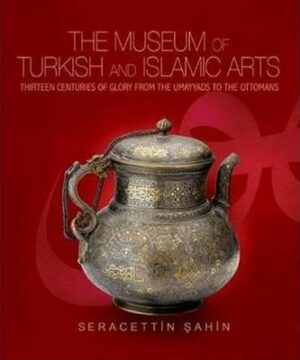On May 2, 1900, Sultan Abdulhamid II, issued an imperial edict, which helped sow the seeds if a decades-old dream. Planned as a means of convenient transportation for pilgrimage to the holy cities of Mecca and Medina, the Hejaz Railway was short-lived, yet it left a remarkable legacy of the early twentieth century. From the very beginning, the Hejaz Railway attracted the attention, excitement, and generosity of the greater Muslim community, and the eventual arrival of the main line in Medina was an occasion for cheerful celebrations. After the outbreak of World War I, the railway, which had been a symbol of Muslim brotherhood and enterprise, was under frequent attack due to its great strategic importance; it was severely damaged, and eventually destroyed.
Dr. M. Metin Hnlagn looks into the construction of this feat of engineering through the lens of British reports. Rather than reflecting the diplomatic and political dimension, this book provides specific insights into the cultural and technical history of the Hejaz Railway; it tells the story of the building of a dream.















Reviews
There are no reviews yet.